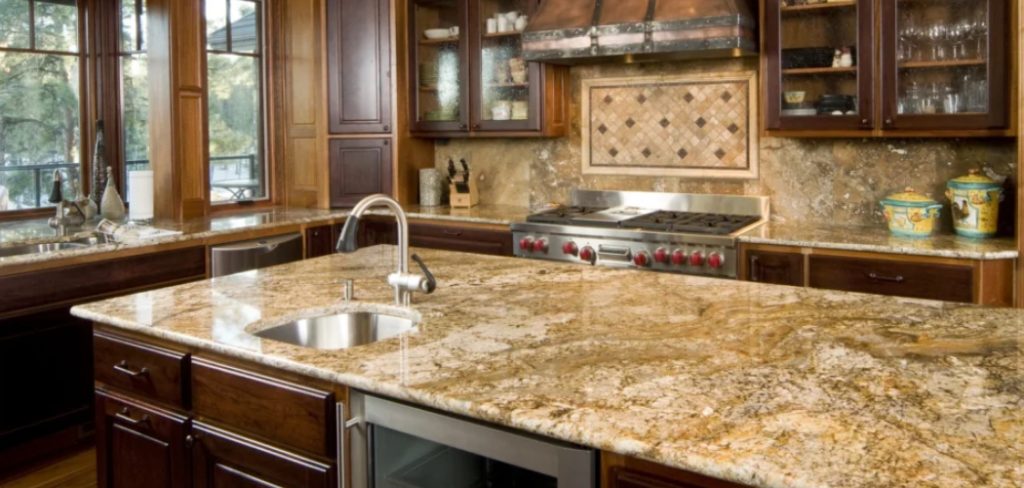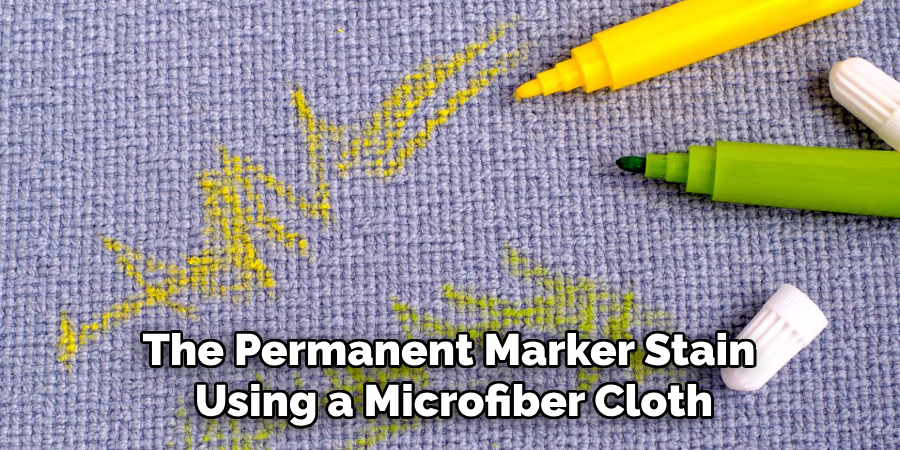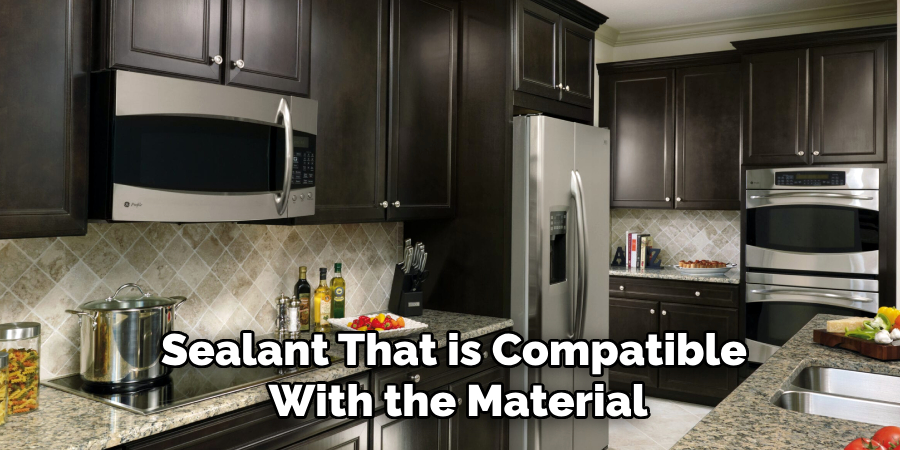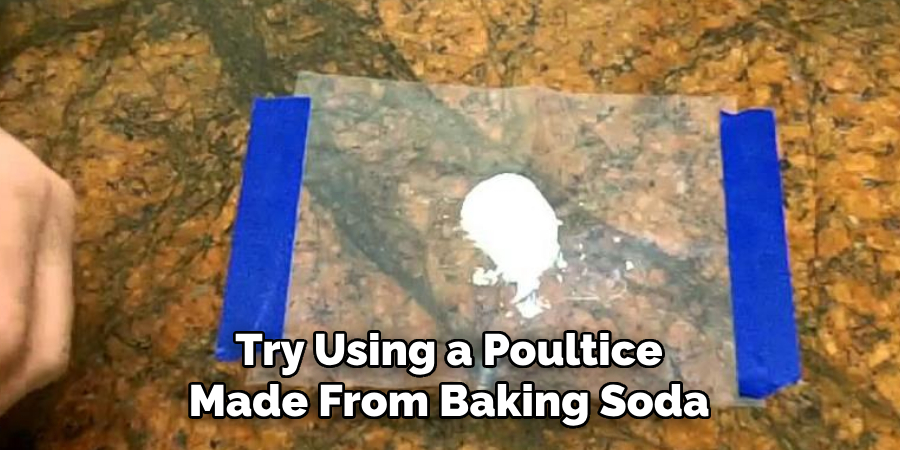Are you struggling with removing permanent marker from your quartz countertop? Worry not, as there are simple and effective methods to remove those pesky stains.

Removing permanent marker from a quartz countertop might seem daunting, but it can be done effectively without causing damage to the surface. Quartz countertops are known for their durability and stain resistance, but the nature of permanent marker ink requires a targeted approach for removal. Using the right tools and techniques, you can restore your countertop’s pristine appearance while preserving its quality.
This guide on how to remove permanent marker from quartz countertop will walk you through the steps to safely and efficiently eliminate permanent marker stains from your quartz surface. Let’s get started!
What Are the Benefits of Having a Quartz Countertop?
Before diving into the removal process, it’s important to understand the benefits of having a quartz countertop. This will help you appreciate and take proper care of your investment in the long run.
- Durability: Quartz is one of the hardest minerals on Earth, making it highly resistant to scratches and chips.
- Stain Resistance: Unlike natural stone countertops, quartz is non-porous and does not require sealing. This makes it highly resistant to stains from everyday spills and messes.
- Low Maintenance: Quartz is easy to clean and maintain due to its non-porous nature. Regular cleaning with mild soap and water is all that is needed to keep it looking new.
- Versatility: Quartz countertops come in a wide range of colors and patterns, making it easy to find the perfect fit for your kitchen or bathroom design.
With these benefits in mind, you can see why it’s essential to properly care for and maintain your quartz countertop. This includes knowing how to remove tough stains such as permanent marker.
What Will You Need?
Before starting the removal process, gather the following materials:
- Rubbing Alcohol or Acetone
- Microfiber cloth or soft sponge
- Mild dish soap
- Warm water
- Plastic wrap (optional)
Once you have these materials ready, you can remove the permanent marker stain from your quartz countertop.
9 Easy Steps on How to Remove Permanent Marker From Quartz Countertop
Step 1. Blot the Stain:

Start by gently blotting the permanent marker stain using a microfiber cloth or a soft sponge. Avoid scrubbing or applying excessive pressure, which might spread the stain further or damage the surface. The goal is to absorb as much marker residue as possible without pushing it deeper into the quartz countertop. If the stain is recent, this step may remove some of the ink.
Step 2. Apply Rubbing Alcohol or Acetone:
Dampen a clean microfiber cloth or sponge with rubbing alcohol or acetone. Test the solution on a small, inconspicuous countertop area first to ensure it doesn’t damage the surface or affect the color. Once safely proceed, gently dab the rubbing alcohol or acetone onto the stained area. Both substances effectively break down ink and remove tough stains like permanent marker. Be sure to work in small sections to maintain control over the process.
Step 3. Rinse and Clean the Area:
After treating the stain with rubbing alcohol or acetone, use a damp microfiber cloth to wipe away any remaining residue. This step ensures no chemical or ink remnants are left on the countertop. Follow this by cleaning the area with a mild dish soap and warm water solution to restore the countertop’s original shine. Gently dry the surface with a clean, soft towel to prevent any water spots or streaks.
Step 4. Apply a Protective Sealant:

Once the countertop is clean and dry, applying a protective sealant can help prevent future stains and maintain the surface’s durability. Choose a sealant that is compatible with the material of your countertop, whether it’s granite, quartz, or another surface type. Carefully read the manufacturer’s instructions to ensure proper application. Typically, this involves using a clean, dry cloth or applicator pad to evenly spread a thin sealant layer over the countertop. Allow the sealant to cure for the recommended period, ranging from a few hours to overnight, depending on the product. Be sure to work in a well-ventilated area, as some sealants may emit strong odors.
Reapplying a sealant at regular intervals—such as annually or as specified by the product—will create a long-lasting protective barrier, making your countertop more resistant to stains, spills, and daily wear and tear.
Step 5. Polish the Countertop:
After the sealant has fully cured, polish the countertop to enhance its shine and give it a finished look. Use a countertop polish designed for your specific material, and follow the instructions provided by the manufacturer. Apply a small polish to a soft, clean cloth and work it into the surface using circular motions. This will help bring out the countertop’s natural luster while adding an additional layer of protection. Once polished, use a separate microfiber cloth to buff the surface until it gleams. Regular polishing as part of your maintenance routine can preserve your countertop’s beauty and keep it pristine over time.
Step 6. Maintain Regular Cleaning and Care:
Establish a regular cleaning and maintenance routine to keep your countertop in top condition. Wipe down the surface daily with a soft cloth or sponge and a mild, non-abrasive cleaner to remove debris and prevent buildup. Avoid using harsh chemicals, abrasive pads, or acidic substances that could damage the countertop’s finish. Use a cleaner recommended for your countertop material for tougher stains and gently scrub the area. Address spills promptly to prevent them from seeping into the surface. By staying consistent with care and avoiding practices that could cause unnecessary wear, your countertop will maintain its durability and appearance for many years.
Step 7. Seal the Countertop When Needed:

Many types of countertops, such as natural stone or concrete, benefit from periodic sealing to protect against stains, moisture, and wear. Check the manufacturer’s guidelines or consult a professional to determine when your countertop should be sealed. To seal the surface, clean it thoroughly and allow it to dry completely before applying the sealant evenly with a cloth or applicator. Follow the product’s instructions for drying and curing times. Proper sealing not only extends the life of your countertop but also enhances its resistance to everyday use.
Step 8. Keep a Stain Removal Kit Handy:
If you have young children or frequently entertain guests, having stain removal products and materials on hand is always a good idea. A quick response can prevent a permanent marker stain from setting into your countertop. Products like rubbing alcohol or acetone, dish soap, and warm water are essential for promptly removing stains before they become more challenging.
Step 9. Try Alternative Methods:

Sometimes, conventional cleaning methods may not be sufficient for stubborn stains or damage on your countertop. For organic stains, such as coffee or wine, try using a poultice made from baking soda and water or hydrogen peroxide, depending on the countertop material. Apply the mixture to the affected area, cover it with plastic wrap, and leave it for a few hours or overnight before wiping it clean. Consider using a polishing powder specifically designed for stone surfaces for etching or dull spots on natural stone countertops. Always test alternative methods on a small, inconspicuous area first to ensure they don’t cause damage. These additional approaches can supplement your regular cleaning routine, helping maintain your countertop’s beauty and functionality.
By following these steps and incorporating regular care into your cleaning routine, you can effectively remove permanent marker stains from your countertop and maintain its beauty for years.
5 Things You Should Avoid
- Using Abrasive Cleaners or Tools: Avoid using abrasive sponges, steel wool, or harsh scrubbing pads. These can scratch the surface of the quartz countertop, causing permanent damage.
- Applying Harsh Chemicals: Avoid strong chemicals like bleach, ammonia, or acid-based cleaners. These substances can break down the resin in quartz and dull its polished finish.
- Scraping with Sharp Objects: Do not use knives or other sharp tools to scrape off the marker. This can leave deep scratches or gouges in the countertop.
- Ignoring Stains for Too Long: Leaving the permanent marker stain untreated for extended periods can make it harder to remove. The marker may seep deeper into the countertop surface over time.
- Using Excessive Force: Avoid applying excessive pressure when cleaning the stain. Quartz is durable, but excessive force can lead to unnecessary stress and damage.
By avoiding these common mistakes, you can keep your quartz countertops looking pristine and extend their lifespan.
Conclusion
How to remove permanent marker from quartz countertop is a manageable task if approached with the right techniques and precautions.
Always begin using gentle methods, such as a cloth dampened with rubbing alcohol or a non-abrasive cleaner, to avoid causing unnecessary damage to the surface. Patience is key, as rushing or applying excessive force can do more harm than good. By following the proper removal steps and avoiding common mistakes, you can effectively eliminate permanent marker stains while preserving the beauty and durability of your quartz countertop.
Remember, regular cleaning and maintenance will also go a long way in preventing future stains.
Professional Focus
Angela Ervin, a former interior designer turned blogger, specializes in kitchen design and renovations. Through her website, she blends her passion for cooking with design expertise, sharing practical and creative ideas. Known for balancing functionality and beauty, Angela’s insightful content has made her a trusted voice in home design and lifestyle.
About the Author
Angela Ervin, an experienced interior designer and blogger, combines her passion for kitchen renovations with storytelling. Living in Petersburg with her family, she enjoys cooking and testing her projects firsthand. Known for her humor and relatable style, Angela shares creative, functional design insights through her content, making her a trusted voice in home design.
Education History
University: Virginia Commonwealth University
Degree: Bachelor of Fine Arts (BFA) in Interior Design
- Angela’s education at VCU focused on mastering core interior design principles, including spatial planning, color theory, materials selection, and sustainable design practices.
- She gained hands-on experience through studio projects and collaborative design exercises, which honed her ability to create functional and aesthetically pleasing environments.
- Her coursework also emphasized problem-solving and practical applications of design, preparing her for real-world projects like her self-directed kitchen renovations.
- The program’s strong foundation in both technical skills and creative expression shaped Angela’s ability to seamlessly integrate form and function in her work.
